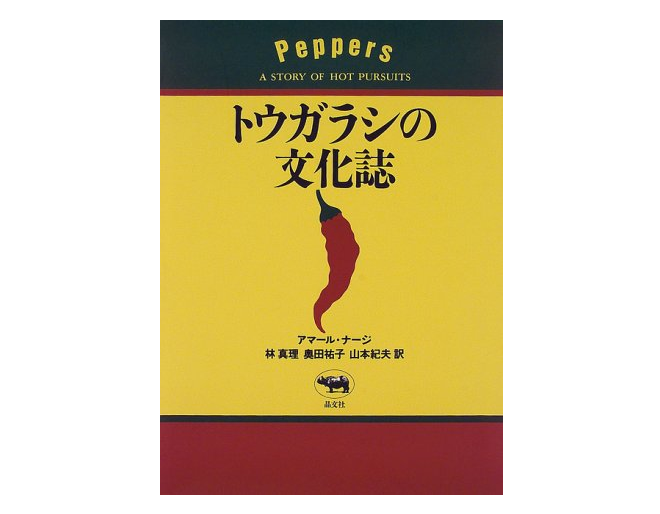
Yesterday evening. I heard something pop inside the microwave oven.
When I opened the door to see what was going on, I found myself in a terrible situation.
In an instant, a strong irritation attacked my nose and throat.
My throat was tingling and my nose was running.
My wife defrosted frozen chili peppers in the microwave oven, which caused the capsaicin, the pungent ingredient in chili peppers, to heat up rapidly, resulting in a steam explosion.
I had no idea that just three chili peppers could have that kind of power.
It may seem over the top, but it is so powerful that there is a record that the Inca Empire once repelled a Spanish army by setting fire to dried chili peppers.
Even today, pepper spray is used by postal workers to repel ferocious dogs and by police officers to quell riots.
Fortunately, the commotion in our home was quickly resolved, but I was really surprised.
Thai food is famous for being spicy, but Filipino food is not so hot, but my wife loves spicy food. When we go out to eat noodle soup, she orders it very spicy. I don't like spicy food.
Even my wife seemed to be able to bear the stimulation of yesterday's chili steam explosion.
Chili peppers are native to South America and were introduced to the world by Columbus. The Greeks call it chili pepper to distinguish it from pepper, the Hungarians call it paprika, and the Italians call it pepperone. Despite the different names, it is the king of spices loved all over the world.
Chili peppers are characterized by their tingling, stimulating spiciness, and although the Japanese say "medium hot" or "very hot" to describe their spiciness, there is apparently a unit of spiciness called the "Scoville.
Judging spiciness with the human tongue is one method, but it is not suitable for measuring spiciness because too much stimulation can damage the tongue and because of individual differences.
Therefore, machines have been invented to scientifically measure spiciness.
The source of the spiciness is capsaicin, which is said to have the property of fluorescence. In other words, the stronger the fluorescence, the hotter the food. The intensity of fluorescence is the intensity of spiciness.
For the record, green pepper has 0 Scoville, Tabasco has 20,000 to 30,000 Scoville, Japanese Kumataka has 125,000 to 150,000, and Habanero, the king of hot peppers, has a whopping 300,000 Scoville.
My wife might be able to handle a little lick of habanero, but I would probably have a stroke just from smelling it. I'm just kidding. Capsaicin is tasteless and odorless. I am not a fan of spicy food, but I should be fine even if I smell it.










